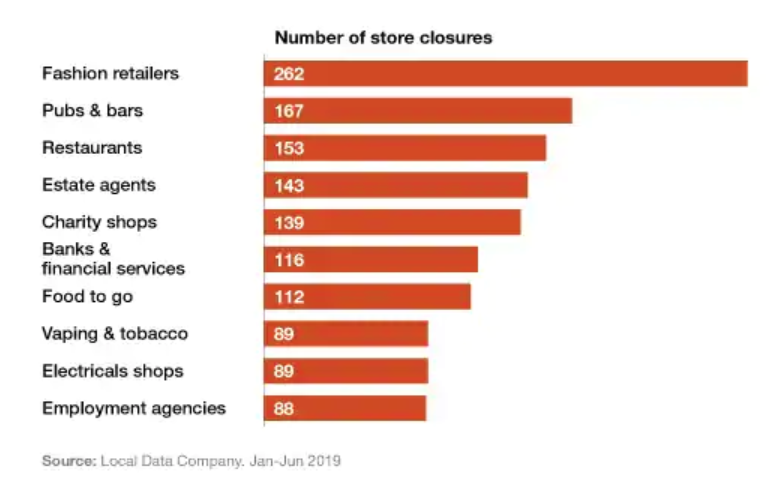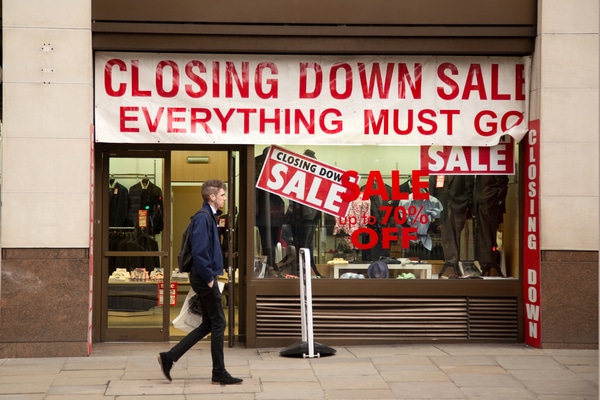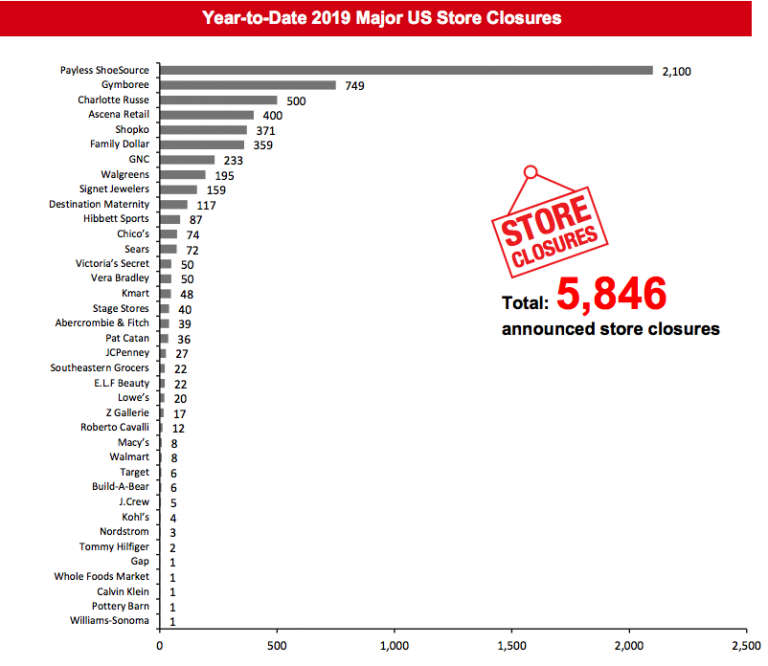Table of Contents
- store closures - JLL Retail Blog
- ‘Liquidation sale’ doesn’t necessarily mean discounts, and other tips ...
- Five retailers closing for good this spring - check if your local is ...
- Store closures hit record levels as restructurings drive largest net ...
- Over 17,000 shops closed last year - React News
- Multifamily Investing Can Resist A Recession | 37th Parallel Properties
- Independent retail store openings soar as major chains face downturn ...
- Retail store closures may hit new record this year | Retail Customer ...
- Retail Store Closings in Q1/2019 Almost Equals Total for All of 2018 ...
- Few Reasons for the Retail Store Closing You Should Know


The COVID-19 pandemic has accelerated the shift to online shopping, with many consumers turning to e-commerce as a safer and more convenient alternative to in-store shopping. According to a report by the Digital Commerce 360, online sales increased by 14.9% in 2020, while in-store sales declined by 3.9%. This trend is expected to continue, with experts predicting that e-commerce will account for 21.8% of total retail sales by 2025.


The Rise of Online Shopping


Additionally, the growth of direct-to-consumer (D2C) brands is disrupting traditional retail models. D2C brands, such as Warby Parker and Casper, are cutting out intermediaries and selling directly to consumers, often at lower prices and with more personalized service. This is forcing traditional retailers to rethink their business models and find new ways to compete.


The Impact on Traditional Retailers


However, it's not all doom and gloom. While some stores will inevitably close, others will adapt and thrive in the new retail reality. Retailers that invest in e-commerce, experiential retail, and personalized service will be well-positioned to succeed. Additionally, the growth of D2C brands and the rise of new retail concepts, such as omnichannel retail, will create new opportunities for innovation and growth.
The future of retail is uncertain, but one thing is clear: the traditional retail model is no longer sustainable. The rise of e-commerce, changing consumer behavior, and shifting market trends are all contributing to a new "retail reality" that requires retailers to adapt and evolve. While store closures are inevitable, they also present opportunities for innovation and growth. As the retail landscape continues to shift, one thing is certain: the future of retail will be shaped by those who are willing to adapt and thrive in a rapidly changing world. Note: The word count of this article is approximately 500 words. The article includes relevant links to external sources to support the arguments and provide additional information. The title and headings are optimized for SEO, and the content is written in a clear and concise manner.